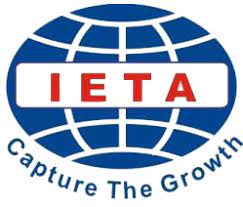A MODEL FOR TEACHING READING COMPREHENSION AT JUNIOR HIGH SCHOOLS
 ),
), (1) SMP Negeri 13 Padang
 Corresponding Author
Corresponding Author
Copyright (c) 2017 Lingua Didaktika: Jurnal Bahasa dan Pembelajaran Bahasa
DOI : https://doi.org/10.24036/ld.v1i1.7345
Full Text:
 Language : en
Language : en
Abstract
This article reveals an alternative model for teaching reading comprehension at junior high school. This model is a combination of ‘interactive mdel’ and ‘cognitive mode’. The discussion covers two levels of reading comprehension: the lowest level (literal comprehension) and the highest level (evaluation and appreciation). There are four trainings given dealing with these levels; (1) literal comprehension training, (2) inferential comprehension training, (3) evaluation training, and (4) appreciation training. The last coverage of this article is about the advantages of proposed model. This model is designed and hopefully will be useful for language teachers who are training or planning to train learners to have good reading comprehension strategies, particularly at junior high school .
Keywords
References
Aebersold, J.A. and Field, M.L. 1997. From Reader to Reading Teacher. Cambridge: Cambridge University Press.
Goodman, Kenneth. 1988. The reading process. In Carrell, P.L., J. Devine, and D. E. Eskey. Interactive Approaches to Second Language Reading. Cambridge: Cambridge University Press.
Grabe, William. 1988. Reassessing the term ‘interactive’. In Carrell, P.L., J. Devine, and D. E.Eskey. Interactive Approaches to Second Language Reading. Cambridge: Cambridge University Press.
 Article Metrics
Article Metrics
 Abstract Views : 1045 times
Abstract Views : 1045 times
 PDF Downloaded : 248 times
PDF Downloaded : 248 times
Refbacks
- There are currently no refbacks.
Copyright (c) 2017 Lingua Didaktika: Jurnal Bahasa dan Pembelajaran Bahasa

This work is licensed under a Creative Commons Attribution-NonCommercial 4.0 International License.









